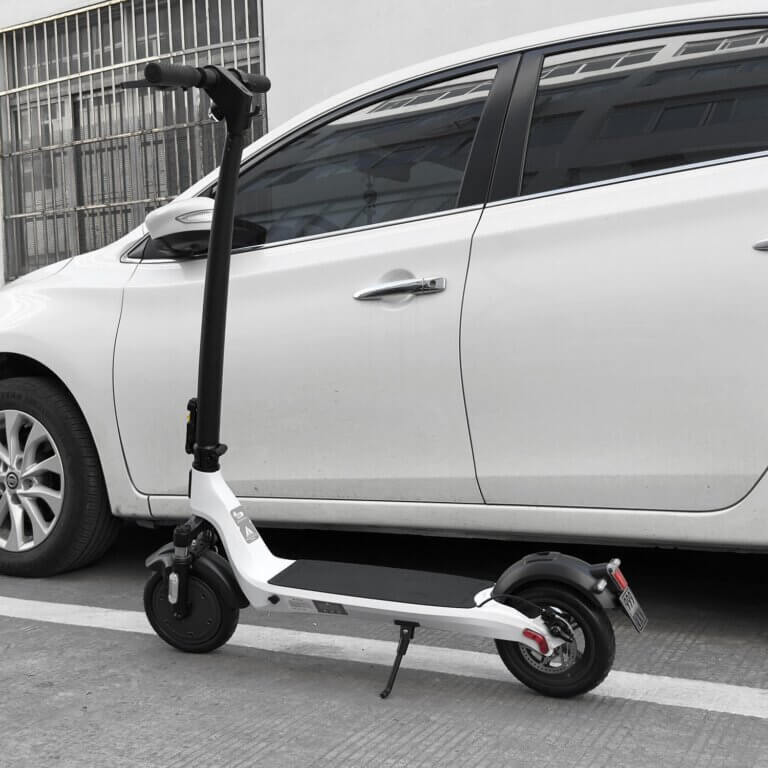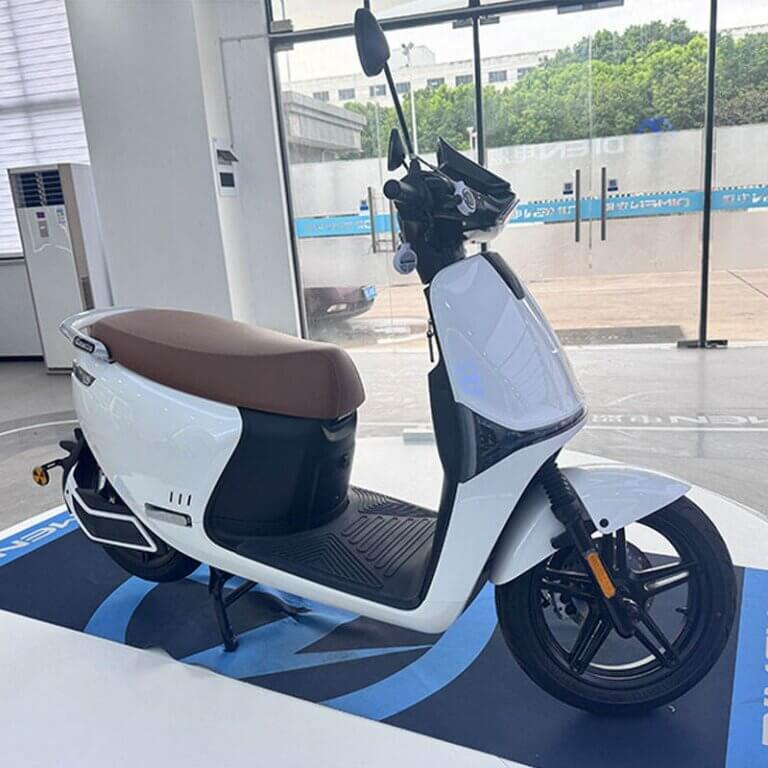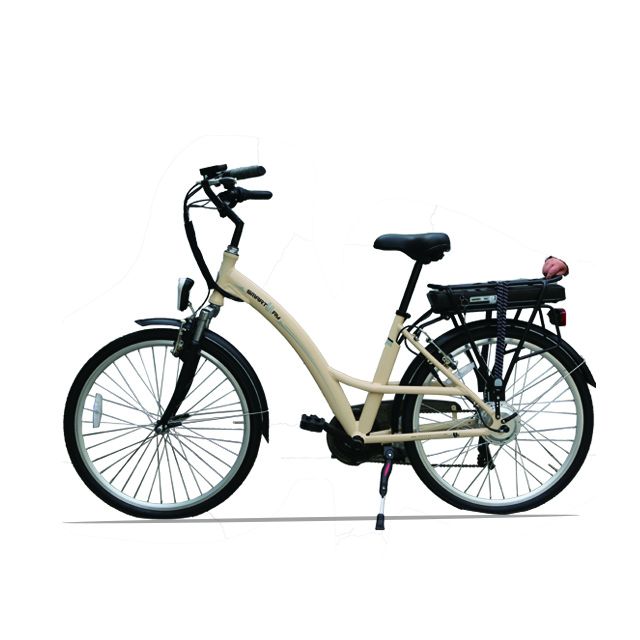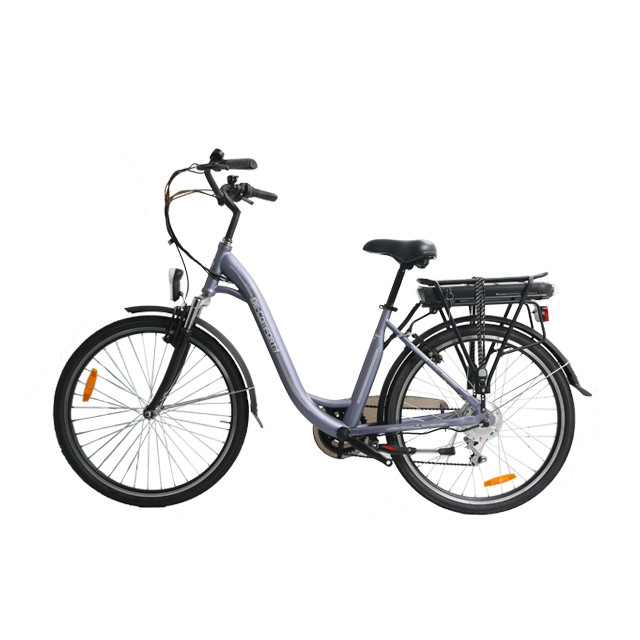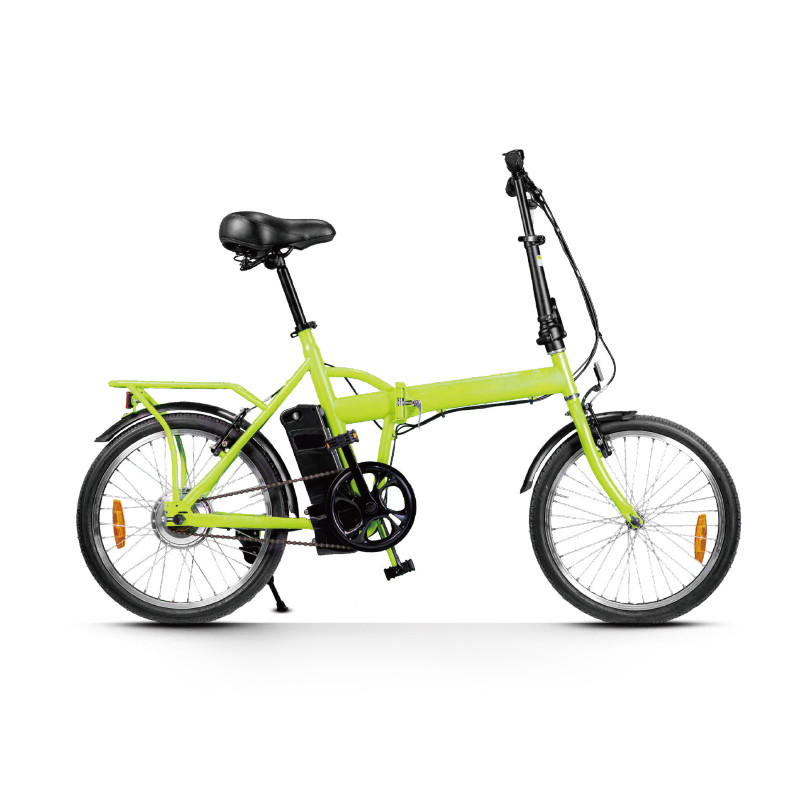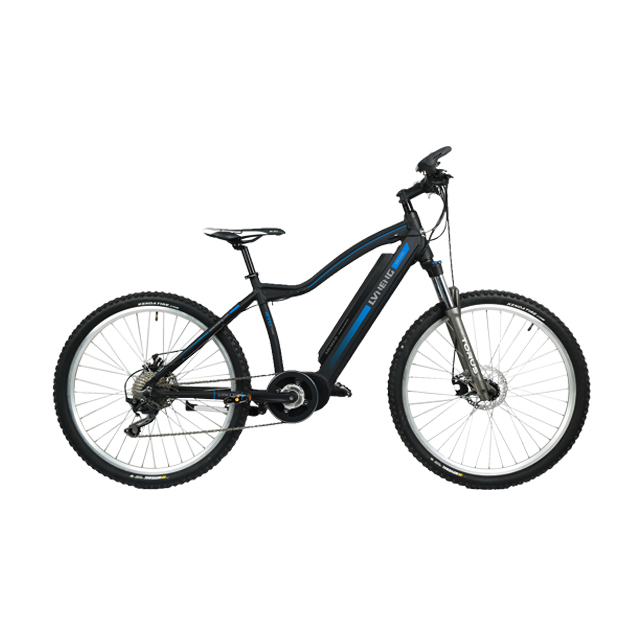-
414 Block B, ZT Times Plaza, Wuhan, Hubei, China
Blog
OEM Electric Kick Scooter Manufacturing
15Y electric scooter manufacturer Plant — Leading electric scooter factory & manufacturer. Wholesale durable e-scooters at competitive prices. ISO-certified production, bulk order discounts. Partner with a trusted global supplier.
UL 2272 Compliance (North America)
If you plan to sell in the U.S. or Canada, lock UL 2272 into the project at Day 0. We’re talking system-level electrical safety for the scooter (not just the pack). Specs like wiring, battery pack integration, enclosure, and fault protection get covered, and this is exactly what big-city buyers are asking on POs now. New York City even calls it out—as in “other battery-powered mobility devices, like electric scooters, must be certified to UL 2272.”
Where it shows up in your RFQ: BOM notes (battery + harness), enclosure flame ratings, third-party test plan, and a certification roadmap in the DVP&R.
EN 17128:2020 PLEV Requirements (European Union)
For EU, EN 17128:2020 is the go-to PLEV (Personal Light Electric Vehicles) standard. It defines safety requirements, test methods, marking, and more for e-scooters up to 100 V DC. Put it in your spec pack alongside your CE technical file. Buyers in the EU expect to see it named, not implied.
Tip: If your model has Bluetooth or cellular, loop RED (Radio Equipment Directive) into your CE plan (EMC + radio + safety). Don’t leave it to the last sprint; pairing fails EMC more than folks like to admit.
IEC 62133-2 Battery Safety (Cell & Pack)
Battery = top risk = top priority. Use cells and packs that conform to IEC 62133-2 and bake BMS thresholds (OVP/UVP/OCP/OTP) into the spec. Abuse tests and traceability (lot codes) matter when you’re scaling. Cities and insurers look for certified packs because fire incidents have shifted public policy in multiple markets.
Reality check: Several jurisdictions tightened rules after headline incidents and recalls. If you ship into those regions, certification isn’t a nice-to-have, it’s table stakes.
Table — Regulatory & Safety Checklist (OEM Scooter)
| Area | Mandatory Keywords | What to lock | Why it matters |
|---|---|---|---|
| North America system safety | UL 2272 | Certification plan, accredited lab, enclosure/fire tests, wiring | Customs, marketplaces, city tenders. NYC explicitly requires it for scooters. |
| EU product standard (PLEV) | EN 17128:2020 | CE technical file, labeling, durability tests | The “type-C” product standard most brands use to prove safety. |
| Cells & packs | IEC 62133-2 | Cell spec, BMS thresholds, abuse testing | Lowers fire risk; accelerates approvals and insurance. |
| Radio & EMC | RED / EMC / FCC | Module DoC, EMC lab report, antenna layout | Fails late if ignored; impacts app/BLE features. |
| City/retail policies | Local laws | Listed certification, traceability | Avoid seizures at port and channel returns. |
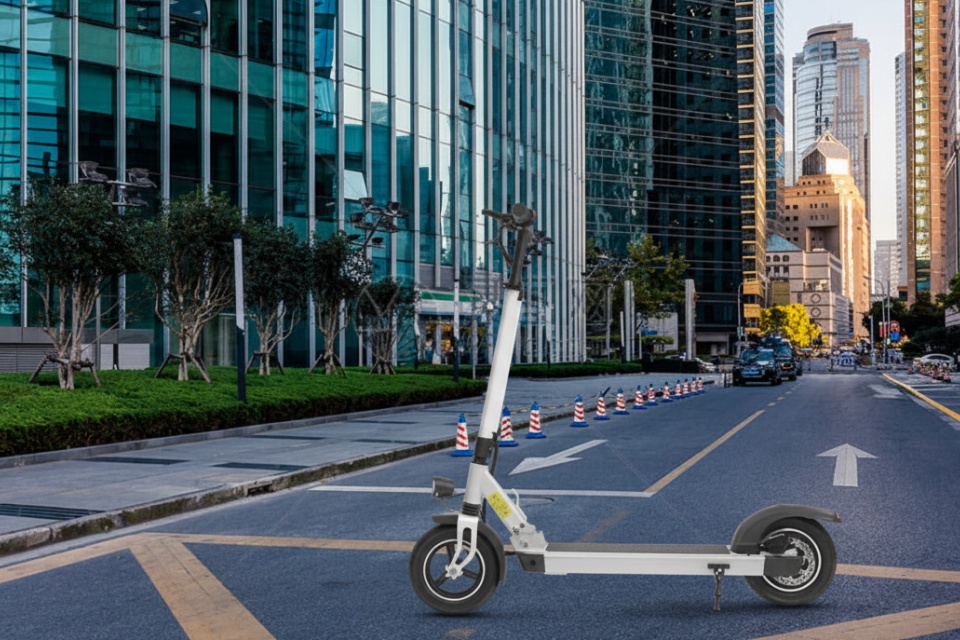
Structural Strength & Braking (Load Cases)
Don’t design only for rider weight—design for total mass: rider + luggage + vibration + repeated folding cycles. Focus on folding hinge, stem, fork, and brake mounts. Independent research for UK policy work calls out construction standards and test evidence for e-scooters; use that mindset in your DFM.
Factory lingo: run fatigue + drop + curb-strike tests on frames and folding assemblies. If a buyer asks for “test coupons” or “weld WPS/PQR,” they’re checking your durability story, not just pretty CAD.
End-of-Line (EOL) Motor/Controller Testing
Batch consistency lives or dies at the line. Add EOL tests for BLDC motors and controllers: torque window, back-EMF, efficiency band, noise (e-NV). It’s boring, it’s decisive. Without it, hill-climb and thermal behavior will vary and customers will say “unit feels weak.” (Not nice.)
On the traveler: record firmware version, throttle map, thermal cutback curve. Traceability saves your warranty budget later.
MOQ & Lead Time (What buyers expect)
Talk plain: T1 tooling runs ~3–6 weeks, standard mass production ~25–45 days, pilot drops in 7–15 days if tooling and parts exist. MOQ flexes by sub-assemblies and finishing (anodize/paint/SWP). Keep it elastic for first order, then scale. (We won’t list numbers for cost here—just keep a buffer.) Timeline beats wishful thinking, always.
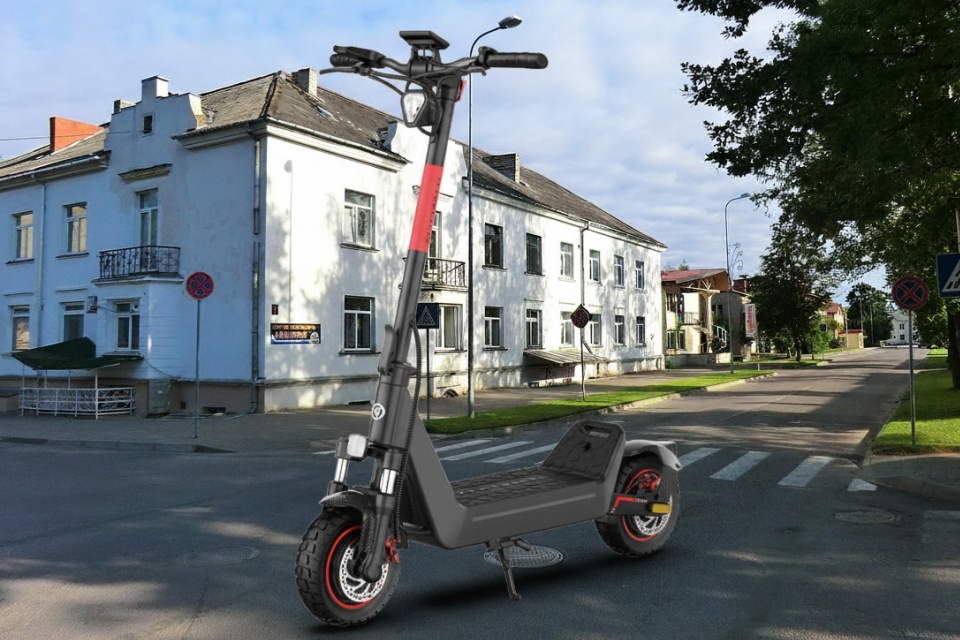
Real-world Scenarios (Tie OEM parts to actual use)
Electric Kick Scooter (Category) — Urban M
- Commuter spec (foldable, compact, daily): Check our H1 foldable electric scooter for adults for commuting and M365 lightweight fast electric scooter for adults 20 mph pages. Compact frames, quick folds, and range that fits 10–25 km daily city loops.
- Heavy-duty rider & rough roads: GS1 / GS1-Pro electric scooter for heavy adults 400lbs—reinforced chassis, wide deck, upgraded brake hardware. If your customer asks for “400 lbs rating” or “stiff stem under potholes,” this is the anchor.
- Long-range & dual motor: X3 long range electric folding scooter—prioritize pack swapping strategy and thermal cutback that doesn’t kill uphill pace.
- Performance / steep terrain: 4000W Dual Motor Electric Kick Scooter with 100km Range and Urbanm G1 electric scooter foldable 40 mph manufacturer (yes, Urban M) for buyers who ask “dual hydraulic discs?” and “suspension like moto?”—answer is yes, and yes.
- All category overview: Electric Kick Scooter
Sourcing & QC Flow (What we actually do)
IQC → IPQC → EOL → Road test. That’s the loop. We add serials, batch codes, and firmware tags. When a buyer calls with a field failure, we trace it—pack lot, harness lot, controller FW—and fix. Not fancy words, just a process that—kinda boring—works.
Buyer pain handled with black-belt fixes:
- Brake fade on steeps → dual hydraulic discs + rotor sizing + bedding-in SOP.
- Stem wobble → torque spec + threadlocker class + stem-to-fold bushing upgrade.
- Range anxiety for couriers → swappable pack SKUs + SOC-accurate BMS + mid-shift charging dock.
- EMC fails at end → pre-scan early with BLE on; add ferrites, reroute hall/phase pairs, ground the lighting harness proper.
- Noise & vibe → motor QA for cogging torque; add tire QC (radial runout).
Table — OEM/ODM Scope Matrix (What’s customizable)
| Track | Typical options | Notes for RFQ |
|---|---|---|
| Frame & folding | Stem length, column thickness, hinge style, IP rating | Provide rider percentile + target stiffness; include curb-strike test. |
| Powertrain | 350–4000W, single/dual motor, controller map | Define hill grade and duty cycle (stop-go city vs. long cruise). |
| Battery | Pack voltage, capacity, swappable design, connector | Ask for IEC 62133-2 cert & BMS limits in spec sheet. |
| Braking | Mechanical disc / hydraulic disc, rotor size | Include heat-soak scenario (downhill 1.5–3 km, rider + cargo). |
| Electronics | BLE, app hooks, NFC lock, lights, horn | If radio present, fold RED/FCC into test plan. |
| Compliance | UL 2272 (NA), EN 17128 (EU), FCC/EMC | Call out the exact lab and sample plan at kickoff. |
| Aesthetics | Paint/anodize, deck material, fenders | Add wear test on deck grip and cable rub points. |
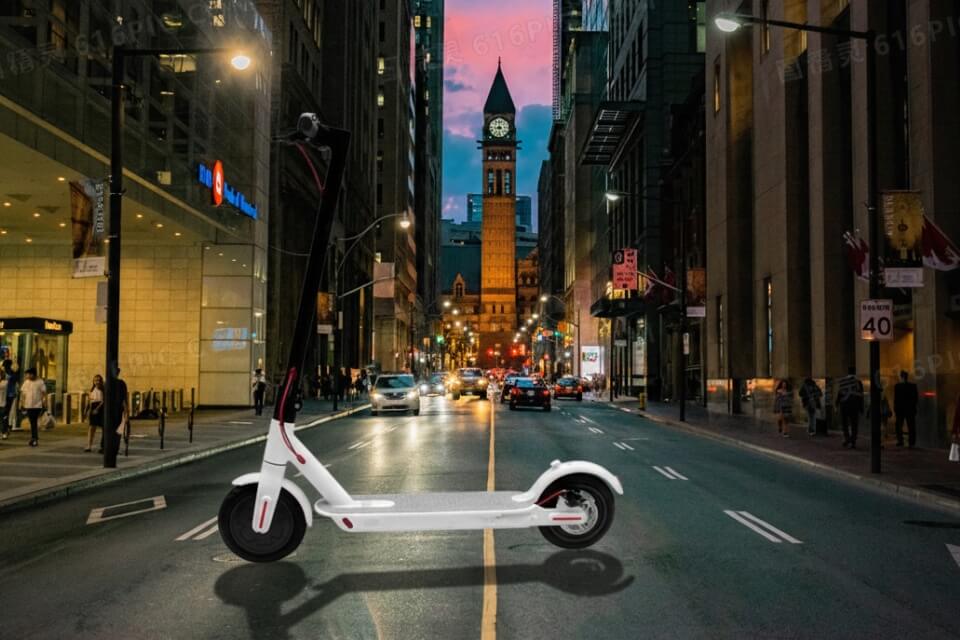
Why Urban M for OEM (commercial value, straight up)
- ISO-level lines with lean flow; we don’t chase “one-off magic,” we scale what works.
- ODM + OEM hybrid: if you want a head start, grab our 4000W Dual Motor or Urbanm G1 platform and re-skin—faster to sample, less tooling pain.
- Vertical category depth: Electric Bike, Electric Kick Scooter, Electric Motorcycle, Foldable Electric Scooter, Sharing Scooter—same plant logic, shared QA, better spares pipeline.
- Wholesale mindset: batch orders, bulk discounts, private label, regional homologation help. We won’t drop cost math here, but you’ll feel the delta in landed quality.
H3: Radio Equipment Directive (RED) & FCC EMC (keywords you’ll be asked)
If your scooter talks to a phone (BLE, LTE), RED in EU and FCC in the U.S. apply. Expect EMC, RF exposure, and spectrum checks. Bake them into design: antenna keep-out, cable routing, ground strategy. Do not wait till MP—fails late, hurts.
H3: UK/City Safety Research (construction standards & policy)
Recent UK-commissioned research digs into construction standards and policy options for road-legal use. Translation for OEMs: be ready to prove durability, braking, lighting visibility, and labeling with data, not vibes. That’s why our hinge fatigue and brake heat-soak sit in the validation plan by default.
Quick “Spec to Market” Path (flexible, not rigid)
- Kickoff: confirm target markets → lock UL 2272 / EN 17128 / IEC 62133-2 / RED/FCC.
- DFM: fold + stem rigidity, brake sizing, thermal cutback logic (we tune it so hills don’t feel “dead”).
- Pilot: 7–15 days if we’re using an Urban M base; longer if full-custom tooling.
- EOL + Road Test: torque, back-EMF, efficiency, noise; then pothole/curb loop.
- Docs & Ship: certification artifacts, labeling, spares manifest, service manual.
Final word
You want scooters that pass tests, ride strong, and sell without drama. We do OEM/ODM, batch wholesale, and custom trims. We tune for couriers, commuters, and performance users—H1, M365, X3, GS1/GS1-Pro, Urbanm G1, 4000W Dual Motor—pick the base, we’ll get your spec live. This ain’t rocket science, but it is discipline. Let’s build the one your customers keep, not return.
Sources (standards & policies referenced)
- UL 2272 (system safety for e-scooters); NYC policy mentions.
- EN 17128:2020 PLEV (EU product safety standard).
- IEC 62133-2 (rechargeable lithium cells & packs safety).
- Radio Equipment Directive (RED) overview (EU).
- UK e-scooter construction standards research (2024).





